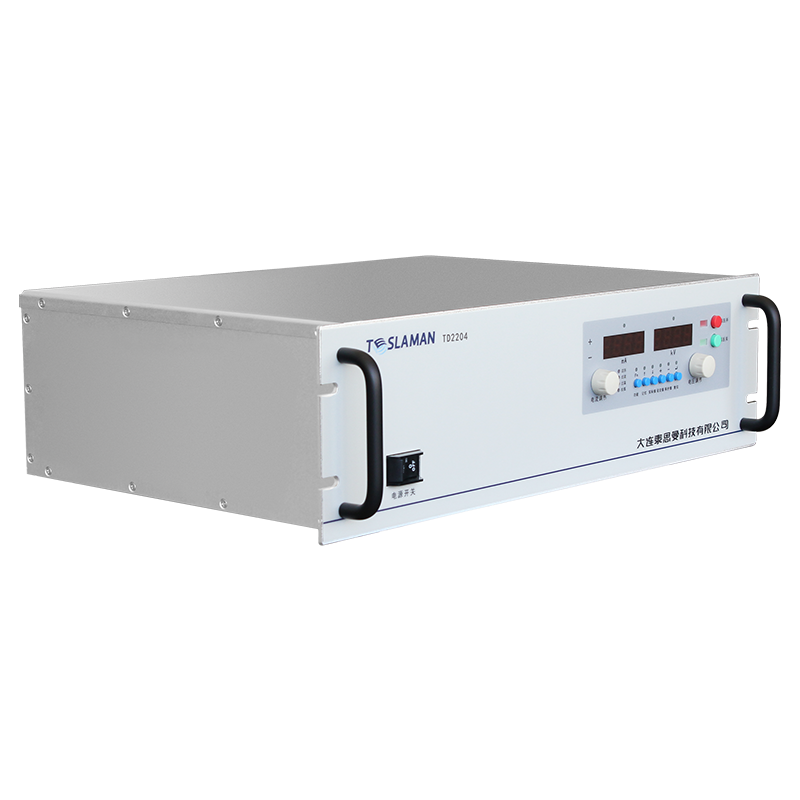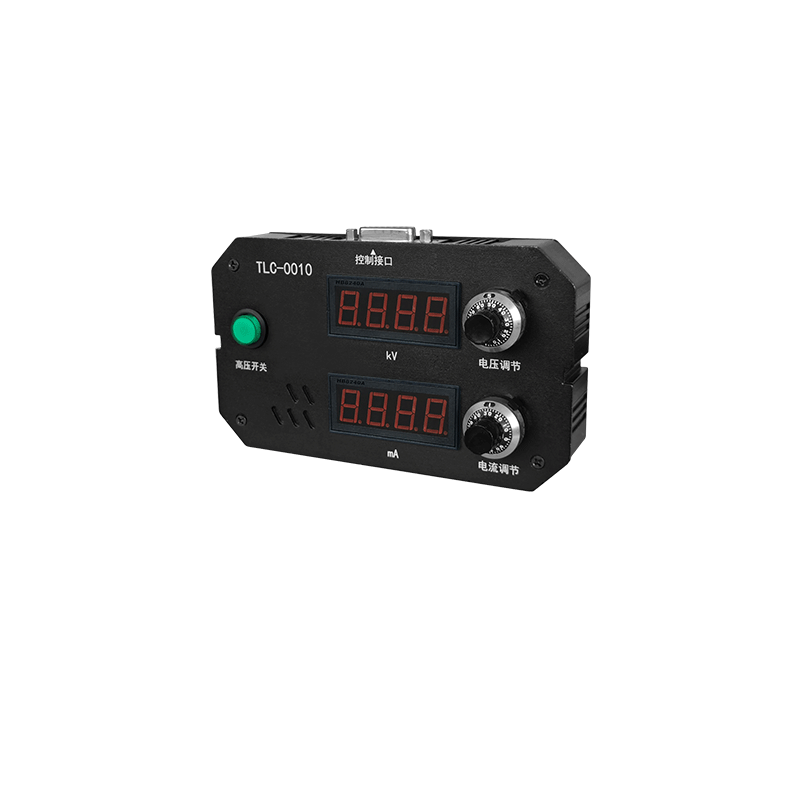Application Technology of High-Voltage Power Supplies in Laser Excitation
In the field of laser technology, high-voltage power supplies, as a crucial component, play a vital role in the generation and performance optimization of lasers. They provide the necessary energy input for laser excitation, and different types of high-voltage power supplies have unique application technologies in laser excitation.
In gas lasers, high-voltage power supplies are mainly used for gas discharge excitation. When a high-voltage power supply applies a high voltage to the gas medium, gas molecules will be ionized to form a plasma. The electrons in the plasma are accelerated under the action of the electric field and collide with the gas molecules, causing the gas molecules to transition to a high-energy state. When these molecules transition from a high-energy level to a low-energy level, they will emit laser light. In this process, the stability of the high-voltage power supply has a direct impact on the output power and beam quality of the laser. A stable high-voltage output can ensure the uniformity of the gas discharge, thereby producing a stable laser output.
For solid-state lasers, the application technology of high-voltage power supplies is different. Solid-state lasers usually use pulsed high-voltage power supplies to achieve laser excitation. The pulsed high-voltage power supply can provide high-energy pulses in a short time, enabling the population inversion of particles in the solid laser material, thus generating laser light. Parameters such as the pulse width and repetition frequency of the pulsed high-voltage power supply have an important influence on the output characteristics of the laser. For example, a narrow pulse width can increase the peak power of the laser, and an appropriate repetition frequency can ensure the stable output of the laser.
In liquid lasers, high-voltage power supplies are used to excite the liquid laser medium. The high voltage generated by the high-voltage power supply can enable the molecules or ions in the liquid to obtain sufficient energy to achieve population inversion. At the same time, the high-voltage power supply can also optimize the performance of the liquid laser medium and improve the laser conversion efficiency by adjusting the electric field environment of the liquid.
High-voltage power supplies provide the necessary energy and excitation conditions for various lasers through different technical means in laser excitation. With the continuous development of laser technology, higher requirements are put forward for the performance and control accuracy of high-voltage power supplies. In the future, high-voltage power supply technology will develop towards higher voltages, more stable outputs, and more flexible control to meet the growing needs of laser technology in scientific research, industrial processing, medical and other fields.




















